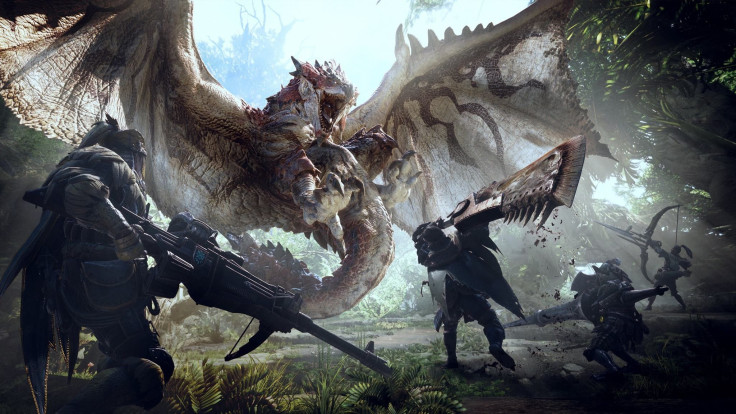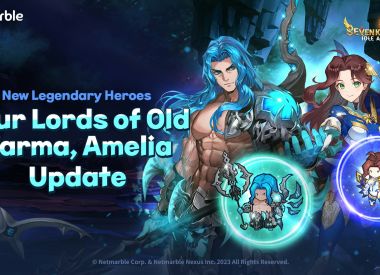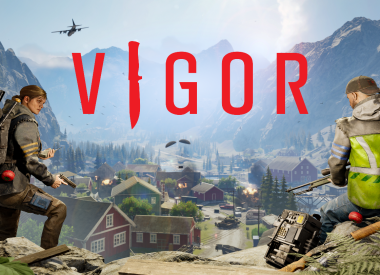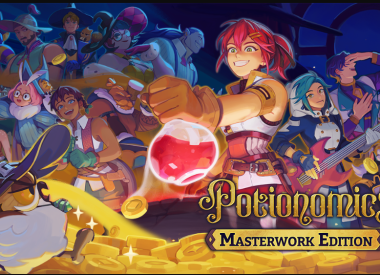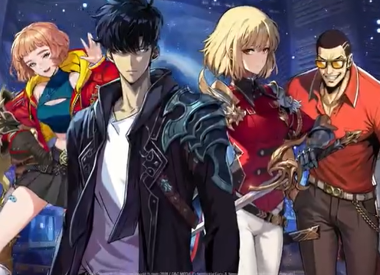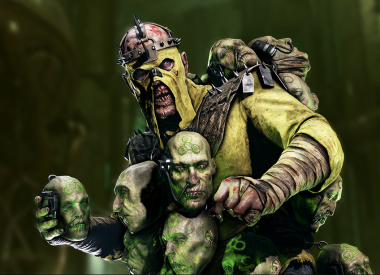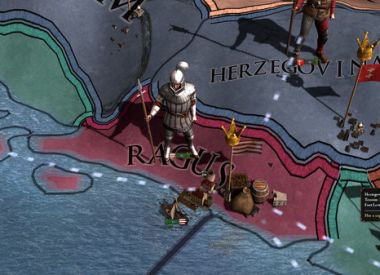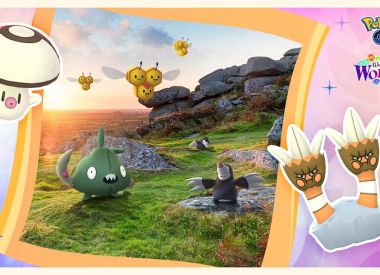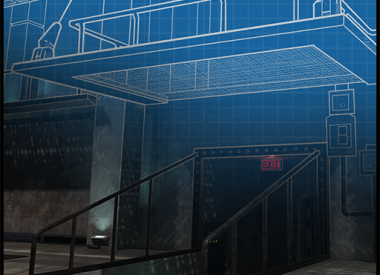Monster Hunter: World is the most accessible and exciting entry in the beloved action RPG series’ 14-year history. While there is still some room for improvement, particularly when it comes to nonlethal pursuits, there’s never been a better time to try Monster Hunter.
Players take the role of hunters from the Fifth Fleet, an expeditionary force sent to explore and document a massive island called the New World. Each hunter is supported by a handler, who isn’t much more than a living quest log, and a Palico, customizable cat warriors who help even the odds during short-handed hunts. You can also join up with other players to complete story missions or optional quests that expand your preparatory options back in town. Parties can also pursue investigations, elective tasks with difficulties as varied as killing a few jagras or defeating multiple large monsters in 30-50 minutes.
For the first few hours, players work to expand the fleet’s presence in the New World, improving its operational capabilities while learning the ins and outs of monster hunting. It’ll be more of a refresher for experienced hunters, but the quality of life changes in World guarantee everyone will learn something new their first time through. Monster Hunter’s campaign teaches players about crafting, gathering resources, supporting other teams from the Fifth Fleet and (eventually) teaming up with other hunters. The campaign also delivers something the series has always lacked: a manageable difficulty curve.
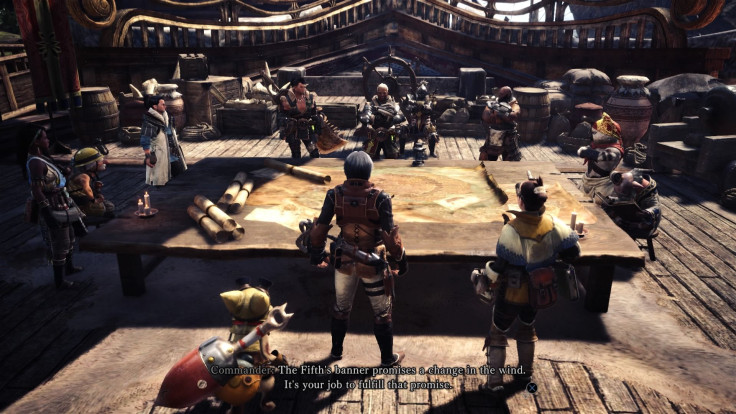
Trying Monster Hunter used to feel like the gaming equivalent of those kids who climb insanely tall buildings without safety equipment for YouTube views and “clout.” You certainly could try it yourself to see what the fuss is about. But you’d probably be disappointed with the initial results. I spent hours with Monster Hunter 4 Ultimate a few years ago, but put the game down when several consecutive escapes on a four-hour flight left me with nothing to show for my time. Video games will always need penalties. But players shouldn’t walk away from multiple hours of play, in a non-competitive environment, without a single reward for their efforts. Loot changes in World suggest the Monster Hunter team agrees.
Combat is much more forgiving in MHW. Palicoes can seem to have an infinite supply of Vigor Wasps, a large insect that disperses a healing cloud, hidden somewhere in their armor. Each hunter can also carry dozens of healing items and craft replacements as needed. Monsters will still occasionally knock you out, and fainting will cost you a third of the cash reward for your current quest. But large creatures rarely leave the field of play (it only happens during expeditions) and players receive multiple warnings before departure. You don’t have to tag your quarry anymore, either. Tracked monsters remain visible on the map screen and can easily be followed from one zone to the next. If all that weren’t enough, players even have two options for ditching quests they can’t complete. Abandoning the quest returns hunters to Astera with all the supplies used in their last quest attempt (but no loot), or you can return from the quest without the supply refund and whatever loot you managed to grab. You’ll still have to go back and finish the job later, if you want the full reward, but at least you’ll have something new in your item box.
The campaign does an excellent job of shepherding players from one challenge to the next and providing alternate tasks for those who want or need to grind a bit between story missions. The size and strength of your targets grows throughout the story, progressing from lowly jagras and kestodons all the way up to truly enormous wyverns. Creatures with legs as big as a hunter’s body and the strength to wipe out whole teams in seconds. Their killing proficiency seems to increase alongside their height and weight. As always, most creatures are clearly inspired by real animals (living and extinct) and each entry in the bestiary feels unique, both in aesthetic and combat prowess. Capcom also does an admirable job of communicating basic information about each adversary visually, like adding holes to a wyvern’s broken wing, and distributing abilities that complement unique physical features.
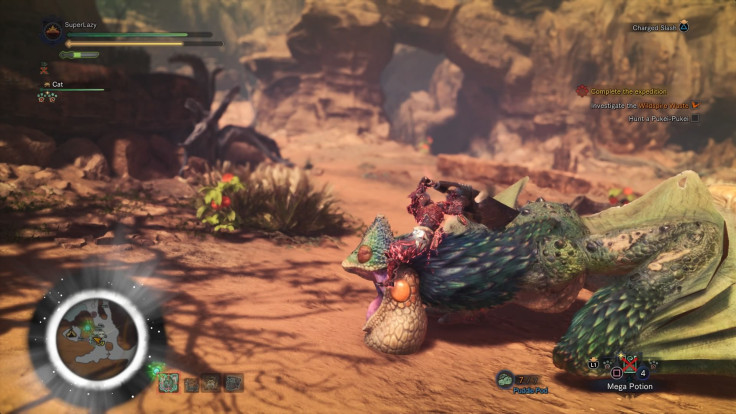
The story is mostly forgettable. You’ll spend most of the game in pursuit of Zorah Magdaros, an Elder Dragon carving a path through the New World for unknown reasons. But I’m not sure I can recount a single story beat from the dozen-plus hours that separated each encounter with the enormous creature. Great camera work, brief histories of each region and a narrative explanation for my hunter’s ever-expanding access to the New World were satisfying. But I’m definitely a lore junkie. Still, not everyone is going to care why or how the Coral Highlands were formed, and those players might like to know many, but not all, of Monster Hunter: World’s cutscenes are skippable.
Monster Hunter: World’s campaign and bestiary deserve plenty of praise. But the endgame is where players will find the heart of the Monster Hunter experience. Capcom finds new ways to keep the game’s hierarchal food chain interesting long after the campaign is complete. Not that watching a dragon and a fire-breathing tyrannosaurus ever really gets old. The company even provides narrative context for the new creatures and quests headed to MHW post-launch. And if you were worried a westernized Monster Hunter meant grinding would disappear, now would be a good time to stop. You will kill so many monsters in MHW. Dozens of them won’t even be creatures you need parts from. They just heard about you killing 12 of their cousins to make that cool sword you’re carrying. Now you’ve been greenlit by some oversized lizards and a weird gecko dragon that spits poison. So you kill them and keep looking for your original target, over and over and over. And we can’t get enough of it.
World is easily the most accessible Monster Hunter to date, but it still has some rough edges. Capturing monsters is disappointingly boring and slightly improved quest rewards don’t justify the diminished fun. Wailing on a creature for a few minutes before luring it into a trap -- and by “lure” we really mean “set it on the ground and wait a few seconds” -- and shooting it a few times with Tranq Ammo is too anticlimactic. We should be going through great pains to lure creatures into elaborately animated crates and personally transporting them back to camp. I’d also settle for transitioning from a mount into a hogtie, coordinating simultaneous mounts with teammates or, you know, anything that made the task as difficult and satisfying as the rewards imply.
I also think a durability mechanic would make more sense than failable quests, given Capcom’s desire to make World more friendly to newcomers than previous Monster Hunters. There weren’t many occasions when I outright failed to slay a target. But those occurrences always made me want to abandon the game and return to other pursuits. I didn’t have that option while reviewing MHW, and benefited from that fact, but I suspect early obstacles will turn off some new players. A durability mechanic would have allowed for ongoing penalization, by making you spend money to fix gear, and diminishing payouts would provide incentive to minimize fainting. You might eventually need to harsher penalties, like outright failing a quest, but that could wait until the endgame. Why dissuade potential Monster Hunter fans before they see World’s best content?
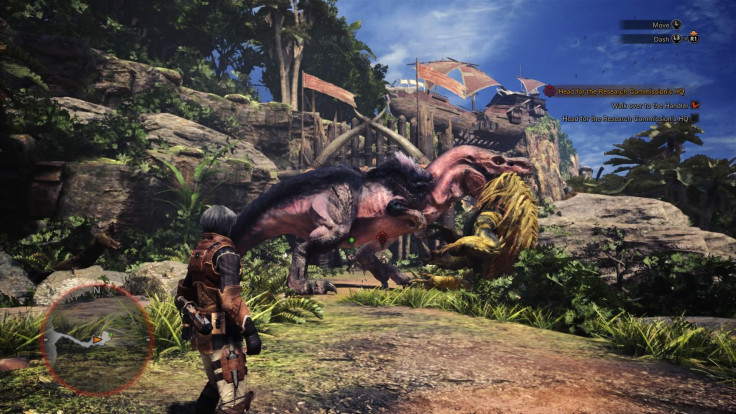
The handful of complaints I have about Monster Hunter: World don’t hold a candle to the praise I could heap upon it. It offers simpler paths to those off put by of the tedium of previous games in the series, and the same addicting gameplay that’s kept fans coming back for more since 2004. It replaces content that added nothing to the experience -- I’m looking at you, paintballs -- with a hierarchical food chain and a reward system that doesn’t leave you empty-handed after a few mistakes or a run of bad luck. And it takes advantage of modern platform features, like friends lists and filtered matchmaking, to make connecting with like-minded hunters easier than ever.
If fighting big monsters repeatedly and making spiffy armor out of the carcasses never sounded fun to you, Monster Hunter: World is unlikely to change your mind. All the quality of life changes in the world won’t change the core of the franchise. It’s hard to envision a better introduction for anyone new to the series though. World incorporates all the concepts that make Monster Hunter what it is while replacing mechanics that don’t make sense in 2018. Longtime fans might lament some changes but the series’ soul remains intact. If you have ever been curious about Monster Hunter, or bounced off a previous iteration, there’s never been a better time to pick up a sword.
Monster Hunter: World is available on PS4 and Xbox One. The game hits PC this fall.
Be sure to check back with Player.One and follow Scott on Twitter for more Monster Hunter: World news in 2018 and however long Capcom supports MHW in the months ahead.


